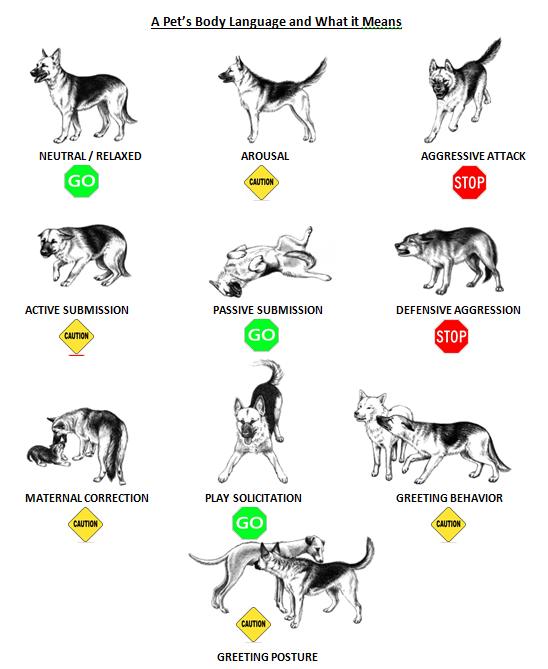Children and Pets: Safety Tips
By Dr Karen Burgess
Newborn
- Place dog in crate and make it a positive experience. Place a bone or favorite chew toy in with the dog
- Brush up on obedience skills- use lots of food as rewards
- Have the dog become accustom to varied feeding and walking schedules (as times will be hectic with a newborn)
- Place a blanket the baby was using with the dog and allow to investigate
- Bring the baby around only while the dog is calm- otherwise crate the dog with that favorite chew toy or bone
- Make sure all experiences the dog has around the baby are positive
Toddler
- Do not allow toddler around the dog while eating or sleeping
- Dog crate or dog bed is off limits
- Reward the dog with treats for being calm around the toddler
- Recognize warning signs and place the dog in his safe spot before he gets to the point of snapping or growling
School-Age Children
- Have the children become involved in the daily pet chores
- Children should learn to stand still if the family dog is too frisky or any dog scares them
- Teach children to avoid strange dogs and strangers with dogs
- Clicker training with children is both great for the children and the pets. Even a child as young as three can learn to help with clicker training.
Bite Prevention
- Youtube video
- Teach children how to protect themselves with an overexcited pet by:
- Rolling into a ball
- Protecting hands and face
- Calling for help
- DO NOT run and scream


